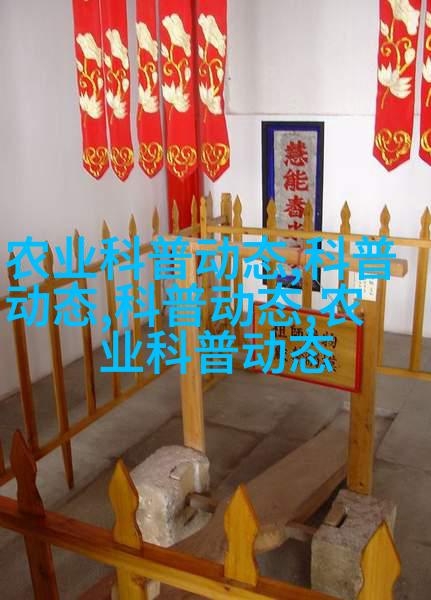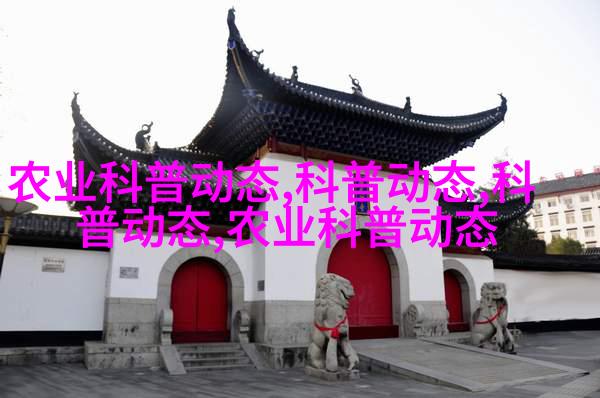传统与现代比较分析古代和现代生猪育种技术
一、引言

在几千年的农业发展史上,生猪不仅是重要的肉类食品来源,也是人类社会文化生活中不可或缺的一部分。随着科技的进步,尤其是在近百年来,现代科学技术对生猪品种的改良产生了深远影响。今天,我们回顾历史,将古代与现代的生猪育种技术进行对比,以期探讨两者之间的差异,并寻求有助于我们今后工作和研究的问题。
二、古代生猪品种及其养殖方式

在中国悠久的历史长河中,人们早已开始对不同特性和性能的动物进行选择繁殖,从而形成了一些具有特殊用途或特点的本地品种,如南方常见的大白豚、大黑豚等,这些品种往往具有较好的适应性,如耐热、抗病能力强。但这种自然选择方法限制了遗传多样性,同时也难以实现快速提高生产效率。
三、现代生物技术在提升生猪品种中的作用

随着分子生物学和遗传学等领域取得突破,以及基因工程技术成熟应用,modern biotechnology has revolutionized the process of improving pig breeds. By using genetic engineering and gene editing techniques, scientists can introduce desirable traits into pigs more efficiently than ever before. For example, genes responsible for disease resistance or growth rate can be introduced to create new breeds with improved characteristics.
四、新型饲料与饲养管理

Modern farming practices have also significantly impacted the development of pig breeds. The introduction of new feed technologies and feeding strategies has enabled farmers to produce healthier, faster-growing pigs that are better suited to modern market demands. Additionally, advances in housing systems and animal welfare standards have led to a focus on breeding pigs that are more comfortable and less stressed in their living conditions.
五、国际合作与交流促进跨境优良本地化进口遗传资源利用探讨

In recent years, international cooperation has played an increasingly important role in the improvement of local pig breeds by importing superior genetics from other countries. This cross-border exchange not only introduces new genetic diversity but also accelerates the adaptation process for domestic breeding programs.
六、高效选育策略及挑战
While significant progress has been made in improving pig breeds through modern technology and international collaboration, there remain challenges ahead. One key issue is ensuring that these advancements do not come at the cost of traditional knowledge or cultural heritage associated with certain native breedings.
七、结论
Comparing ancient and modern methods for selecting and developing pig breeds offers valuable insights into how our understanding of animal science has evolved over time as well as its potential applications today. As we continue to refine our approaches towards sustainable agriculture production while respecting cultural heritage values , it is essential that future research incorporates both cutting-edge technologies alongside historical wisdoms to promote a harmonious coexistence between humans, animals, nature & society .
结束语:
The journey from ancient times till present day reflects on how human civilization's relationship with swine was transformed through technological advancements & scientific discoveries . Our quest now turns towards embracing this dual approach - one which respects tradition yet harnesses innovation - as we navigate the complex landscape shaping our world's food security while preserving precious biodiversity assets like indigenous livestock species .